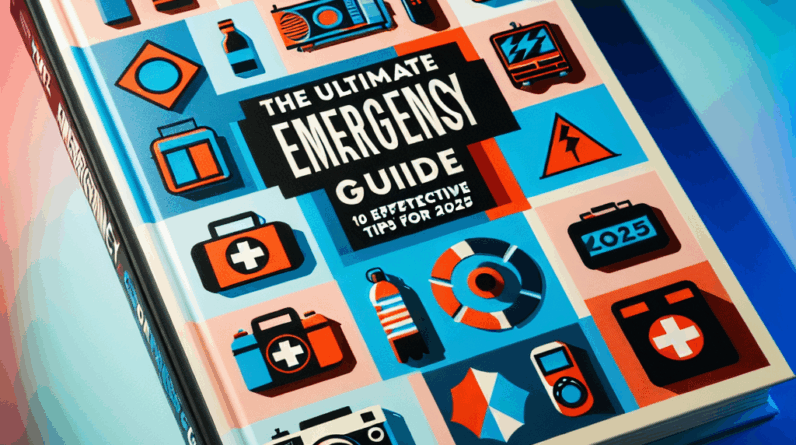Handling the aftermath of a disaster can be overwhelming and dangerous. It’s crucial to approach cleanup efforts methodically and safely to prevent further issues and injuries. Here’s a step-by-step guide to managing post-disaster cleanup effectively.
Assess the Situation
# Start with a Safety First Approach
Entering a post-disaster cleanup zone requires utmost caution. First, evaluate the area for immediate dangers such as gas leaks, compromised structures, or sharp debris. It’s advisable to conduct a thorough walkthrough to identify risks, maintaining a safe distance from potential hazards like downed power lines. Remember, personal safety equipment is essential; wearing gloves, goggles, and durable footwear can prevent injuries.
# Communicate with Your Team
After assessing the area, it’s important to communicate effectively with anyone who is helping. Discuss the observed hazards and assign tasks based on the team’s strengths and the urgency of the needs. Regular safety check-ins will ensure everyone’s wellbeing, and open communication will keep the team morale high throughout the cleanup process.
# Document the Damage
Before you start cleaning, document all damages thoroughly. Photographs and detailed notes are invaluable for insurance claims and will guide your cleanup efforts. Ensure you capture both the overall context and specific damages, and keep your own property secure during this process.
Plan Your Cleanup Strategy
# Set Priorities Wisely
Determine which areas need immediate attention to ensure safety and accessibility. Begin by clearing these areas first. Next, focus on salvaging any important items. Breaking down tasks into smaller, manageable steps can help maintain focus and momentum.
# Gather the Right Supplies
Prepare a list of all the necessary supplies such as trash bags, gloves, and cleaning agents, and organize your cleaning teams if the scale of cleanup is large. Community resources may also be available to aid in the cleanup effort, providing necessary supplies or additional manpower.
# Take Breaks and Monitor Your Health
Avoid overexertion by scheduling regular breaks and staying hydrated. Pay attention to how your body responds to the physical demands of cleanup, and take rest breaks as needed to prevent injuries.
Dispose of Hazardous Materials Properly
# Know What’s Hazardous
Identify hazardous materials that require special disposal methods. Familiarize yourself with local regulations on hazardous waste disposal to ensure compliance and safety.
# Research Disposal Options
Seek appropriate disposal services for hazardous materials. Local environmental agencies often provide updated information on disposal protocols and may offer pickup services for hazardous items.
# Repairs and Renovation Support
After addressing immediate cleanup concerns, focus on repair and renovation. Research and select reputable local contractors for necessary structural repairs or renovations. Community support can be instrumental in facilitating recovery and repairs.
FAQ
# 1. What should I do first after a disaster strikes?
Prioritize safety by assessing the area for immediate hazards and ensuring the environment is safe to enter.
# 2. Why is documenting damage important?
Documenting damage precisely aids in insurance claims and prioritization of cleanup tasks.
# 3. How can I keep myself safe during the cleanup?
Always use appropriate personal protective equipment, stay hydrated, take regular breaks, and remain vigilant of your surroundings.
# 4. What items are considered hazardous and need special disposal?
Hazardous materials include chemicals, batteries, and asbestos-containing items. Follow local guidelines for their disposal.
# 5. How can I make the cleanup faster and easier?
Organize the cleanup tasks strategically, procure all necessary supplies in advance, and involve community help to enhance efficiency and reduce stress.




